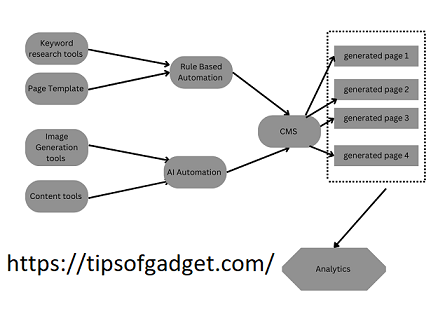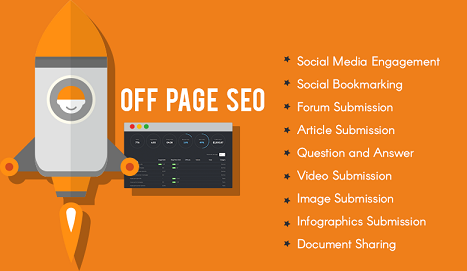We will discuss why Semantic SEO is a very powerful term, especially for those of you who work in the SEO industry and are currently aware of this concept.
Semantic SEO
Before diving into semantic SEO, let’s first look at traditional SEO—how we used to work in the past and how some people still follow that old pattern. These are the people often saying “SEO is dead.” But in truth, SEO is only dead for those who still follow traditional methods.
What is the Traditional Semantic SEO Method?
What kind of pattern did we use back then—and is the same pattern still being used today? Yes, definitely. Many still try to implement them. Some even bring in expert domains, add AI-generated content, and follow the same traditional format.
So, what was that traditional SEO format?
Normally, the process began like this:
- Step One: We selected a keyword, often called the primary keyword. This keyword had to have a decent search volume. We did a competition analysis to determine whether the keyword could perform well.
- Step Two: We selected several related keywords known as LSI (Latent Semantic Indexing) keywords—also referred to as semantic words. Their purpose was to enrich the content and help it rank for multiple terms while giving Google a better understanding of the topic.
Let me tell you, Google has been improving its keyword understanding for years. But around 2016–2017, the entire scenario started changing. Those who adopted topical map authority and began working accordingly by 2019 are still thriving today.
But people who stick to the old approach often say SEO is no longer effective.
Let me give you an example.
Suppose I’m writing an article on the topic “What is Packaging?” We’ll use that as a basic example before moving on to more advanced ones. (By the way, if you’d like to see the second part with more examples, let me know in the comments. If you comment “Semantic SEO,” I’ll understand you’re interested and create a follow-up video.)
LSI Keyword Usage
For instance, instead of using just the word “backlink,” we used phrases like:
- “What do you mean by link building?”
- “What is off-page SEO?”
These were used to support our primary keyword. We would often add terms to the primary keyword to form headings. For example:
- “What is backlink in WordPress?”
- “What is a HARO backlink?”
We created subheadings like these to support the main topic.
This was the old pattern, but it no longer works. These methods are now obsolete.
Those still working this way are the ones claiming that SEO is dead. But if we update this approach, we can move away from traditional SEO thinking.

What’s Going on Now Semantic SEO?
Right now, NLP (Natural Language Processing) is at the core of SEO. Along with NLP, you’ll hear terms like:
- Entities
- Topical SEO
- Topical maps or Topical authority
- Semantic search
NLP is actually a data science concept that Google uses to make search more meaningful.
Let’s break this down further.
Understanding NLP and Natural Language
Think of natural language as everyday human behavior—like eating, walking, talking. These are natural actions, and we express them using language. Whether you speak Bengali or English, you’re expressing natural human behavior in a linguistic form.
Now, how does a search engine understand this?
Different meanings can exist for the same word in different regions. For example:
- In Europe, football refers to what Americans call soccer.
- In the US, football refers to a different sport entirely.
This means the same word can have different meanings, and search engines need to understand the context.
That’s where Semantic SEO and NLP come in—to help search engines understand what users actually mean, not just what they type.













Leave a Reply